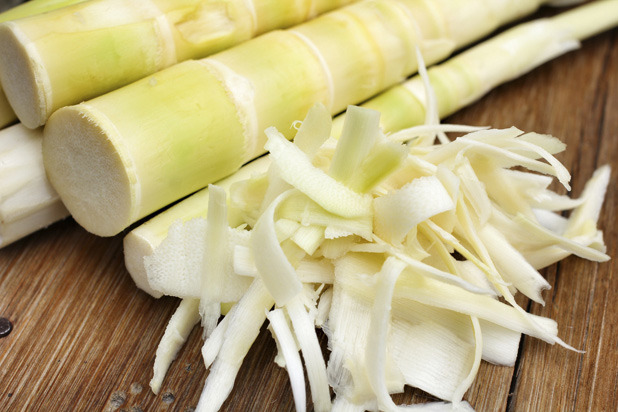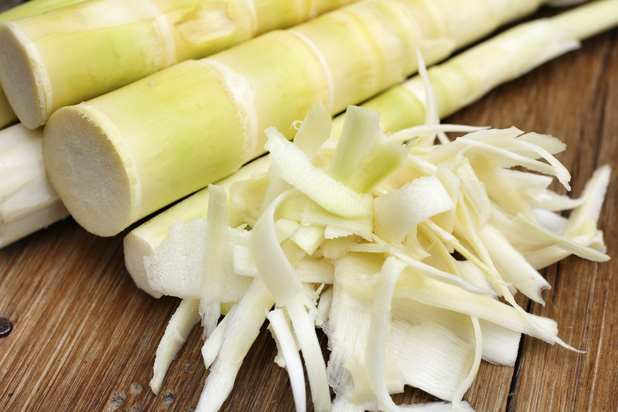Fried Maple Leaves And More Plants People Actually Eat
Humans have foraged for and eaten plants as long as we've existed, even when all we could do to determine whether a plant was edible was to try it and see whether we survived. These days, we generally know which plants are safe to eat and which aren't. Whether it's a common vegetable like asparagus or a more exotic shrub, such as the horopito from New Zealand, plants have always been a source of nutrition in our diets.
Fried Maple Leaves and 9 More Plants People Actually Eat (Slideshow)
We don't all share the same taste in greens, though. A plant you've never heard of may be a staple food or a tasty snack in another culture's diet.
You may not think of leaves as food, but the Japanese love snacking on fried maple leaves, called momiji in Japanese, in the fall. The prickly-pear cactus is a traditional food in Mexican cuisine, and hundreds of varieties — flavors range from creamy and sweet to very tart — grow wild all over Mexico. In New Zealand, the spicy flavor of the horopito shrub makes it a good alternative to chile pepper.
Maybe you think it's unusual to eat some of these plants, but just think about how unappetizing broccoli would look if you'd never tried it before.
Bamboo Leaves and Shoots — Asia
Typically cooked in curry, stir-fry, and soup, bamboo shoots and leaves are a delicacy in Asian cultures, particularly in Thailand, India, and Indonesia. The shoots are prepared in traditional dishes like Thai salads and gulai rebung (Indonesian coconut curry) and the leaves are used to wrap rice dumplings.
Saltbush — Australia
Native to Australia, saltbush is commonly prepared as a vegetable side dish — served salted and crispy — or as an ingredient main dishes like roast pork or seafood salads.
Read more about plants that you might not know are eaten around the world.
Haley Willard is The Daily Meal's assistant editor. Follow her on Twitter @haleywillrd.

